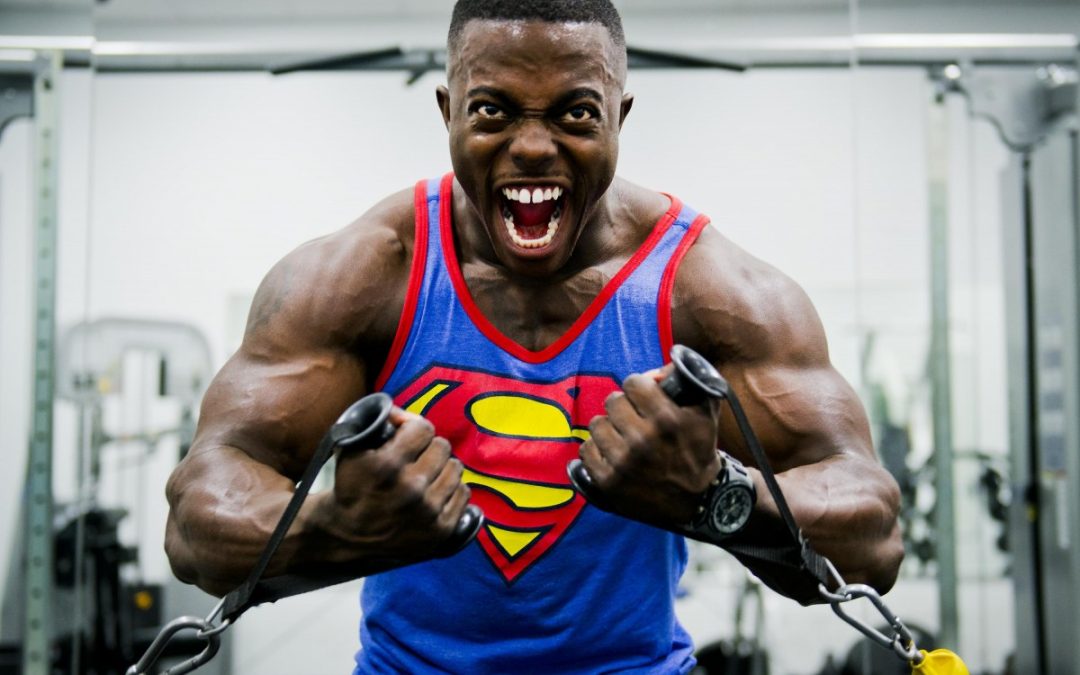Maybe that last repetition was one too many? Maybe you shouldn’t have jumped right back into
that boot camp after taking time off for the holidays? Maybe that new exercise you saw on social
media was too good to be true? Now you have shoulder pain and it is really limiting how you are
working out. It is quite common to develop shoulder pain with pushing movements like bench
press, Push ups, an overhead press, and pec flys.
It can be tricky with shoulder pain to pinpoint what exactly is causing your pain. Your
biomechanics or technique can play a huge role in whether you are impinging your shoulder
Changes in vour workload can flare up tendons. Current or past muscle tears can leave vour
shoulder system imbalanced. And then there’s also the important role that your neck and mid
back play in shoulder pain.
Lots of gym-goers tend to focus a lot on strengthening their chest and back. Working both your
major chest and back muscles seems like they even you out and leave you balanced, but the
muscle group that is often forgotten about is your shoulder external rotators. Your major chest
and back muscles do internal rotation – so while you have been trying your best to stay
balanced, you have actually created a significant external rotator deficit. The muscles that do
external rotation are part of your rotator cuff.
Most people have heard of the rotator cuff, but this actually refers to four different muscles that
start on your shoulder blade and attach to your arm bone. These muscles all work together to
maintain shoulder stability while performing their own individual actions. Maintaining proper
Shoulder rotator cuff strength and function Is so vital for our shoulder health.
Every joint in the body gets its stability in two main ways: form and force. Form stability refers to
how your bones are shaped and fit together like puzzle pieces. Force stability is essentially your
muscles holding your bones together. The shoulder joint does not have great form stability – it is
a ball in a very shallow socket, and so requires a lot of force stability to prevent shoulder
separations. This is why you hear about people dislocating their shoulders far more than people
dislocating their hips.
At the end of the day, there are many different causes for shoulder pain. The best way to find
out what is causing your pain is to get a physiotherapy assessment to tease out the various
possible contributing factors. Then, together with your physiotherapist, you can develop an
individually tailored rehabilitation program to get you back enjoying the gym and any other
activities that make you happy.
Thomas Lathrop
MScPT, BSCKIN, IMS
403.243.5004
info@mardaloopphysio.com

